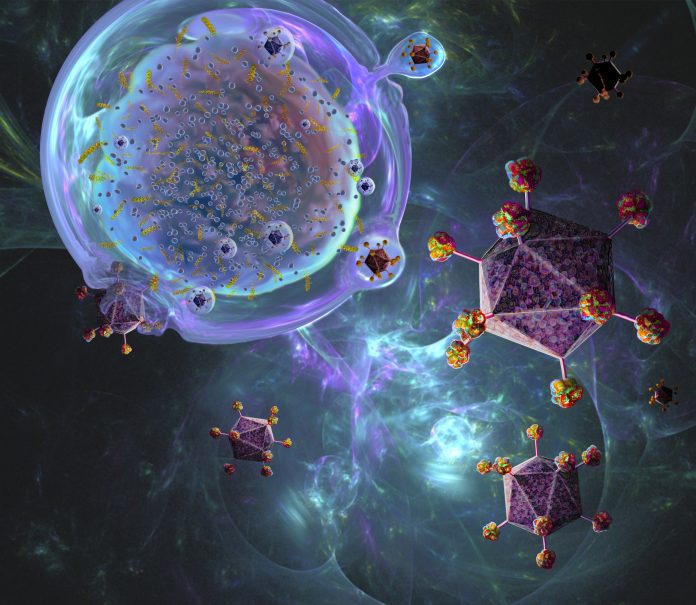
Researchers from Washington University School of Medicine in St. Louis have shown that people who develop neurotoxic side effects following chimeric antigen receptor (CAR) T cell therapy for leukemia have elevated levels of a protein called neurofilament light chain (NfL).
Measuring this protein using a simple blood test before, during, and after treatment could help to identify patients at the greatest risk for immune effector cell-associated neurotoxicity syndrome (ICANS)—the term given to this phenomenon—and allow them to access treatment to prevent complications that may range from difficulty concentrating, memory problems, confusion, difficulty reading, and headaches to seizures, strokes, and brain swelling.
Lead author Omar Butt, an instructor in medicine who treats patients at Siteman Cancer Center at Barnes-Jewish Hospital and Washington University School of Medicine, told Inside Precision Medicine that NfL is a structural protein that makes up part of the axons of neurons.
“Even very subtle damage to neurons will cause NfL levels to increase,” He said.
“What is causing this damage [during CAR T cell therapy] remains a mystery and is under active inquiry. Extrapolating from other neurologic diseases where we see NfL elevations, it may be directly from neuronal loss or indirectly from something effecting the health of the neurons like subtle inflammation, among possibilities.”
Butt and colleagues examined plasma NfL levels in 30 patients undergoing CD19-directed cellular therapy and found that individuals who developed ICANS had significantly higher mean NfL levels prior to treatment than those who did not develop ICANS (87.6 vs 29.4 pg/mL), with levels remaining significantly elevated for at least 30 days after treatment.
Furthermore, baseline NfL levels correlated with ICANS severity but were not associated with age, sex, tumor burden, or a history of neurotoxic therapies or nononcologic neurologic disease.
The researchers report in JAMA Oncology that the pretreatment NfL concentration predicted ICANS development with 96% accuracy. This was greater than that seen with traditional markers used to measure ICANS risk, including platelet count, ferritin, C-reactive protein, fibrinogen, and lactate dehydrogenase.
Unfortunately, these traditional markers “are very non-specific (i.e. they go up due to a wide range of body ailments often including a simple fever) and typically only start to change shortly before developing symptoms related to ICANS,” said Butt. “In contrast, NfL is very specific for a neurologic process and our data suggests it starts to change well before traditional markers.”
He believes that “with further development, [a test for NfL] would help physicians direct at times limited resources to focus on patients at greatest risk. This includes earlier steroids where we accept a slightly blunted immune system to reduce the risk of severe symptoms.”
He also points out that measuring NfL levels could help patients better understand their personal risks associated with CAR T cell therapy before starting treatment.
“While the treatment is often essential to control their tumor, having a better understanding of the risks is critical information for patients and their families,” Butt remarked.
He added: “As we learn more about what is causing the damage to the neurons, we can potentially create more targeted treatments that address the underlying problem without resorting to widespread suppression of the immune system (like with steroids).”













